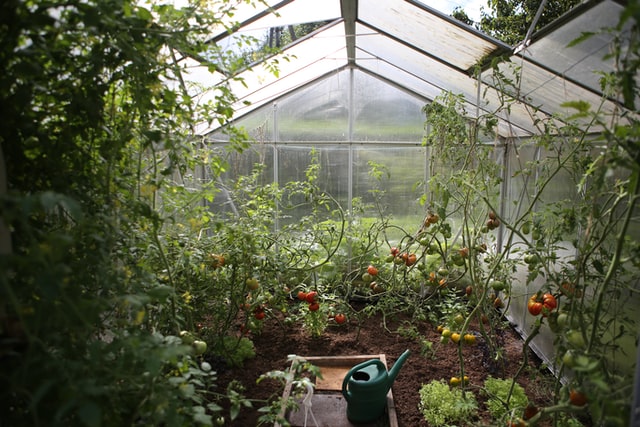 |
Organic and regenerative farming as a response to climate change |
At the end of 2020, the United Nations Food and Agriculture Organization (FAO) presented a report on biodiversity and soil health in the global ecosystem. Until now, soil biodiversity remains the least studied: we have more than 25% of the planet's biodiversity under our feet, and we have studied no more than one percent of this wealth so far. Soil plays a significant role in the global ecosystem - as a medium for plant growth, accumulation and purification of water, modification of the atmosphere, and the habitat of many living organisms. Soil is not only a means of production for agriculture; it is the backbone of the ecosystem that makes agriculture possible, so healthy soil biodiversity is critical to soil fertility, moisture, surface water quality, and climate resilience – prerequisites for sustainable agriculture. Annual global greenhouse gas emissions from the agro-ecosystems account for 10-12% of all greenhouse gas emissions and are caused by intensive crop production and mineral fertilizers, manure, and pesticides, reducing soil biodiversity, especially large bio-organisms. But using organic farming methods that do not use synthetic plant protection products and mineral fertilizers can reduce nitric oxide emissions by 40%. On the other hand, healthy soil biodiversity allows for the accumulation of nutrients and moisture in it, maintaining plant health and high yields. Soil microorganisms take part in the transformation and retention of carbon dioxide and nitrogen oxide, which prevents greenhouse gas emissions and promotes the absorption of carbon from the atmosphere and the accumulation and retention of it and nitrogen in the soil, helping to mitigate the effects of climate change. Such practices include no-till farming (no-till), measures to retain nutrients and moisture in the soil, methods of processing without mineral fertilizers and pesticides. Organic agriculture alone is not enough; it is necessary to use regenerative agriculture, where soil conservation measures aim to maintain biodiversity, a diversified and permanent vegetation cover with developed roots or using mulching, minimizing mechanical disturbance, and maintaining healthy ecosystems in the surrounding land. This will lead to the accumulation and retention of moisture, nutrients, carbon, and nitrogen in the soil; there will be no need for irrigation or drainage. The risks and operational costs of growing food will be reduced. So in the UK in November 2020, the Agriculture Bill came into force, according to which farmers will now be rewarded for providing ecosystem services, including improving the quality and biodiversity of the soil, instead of the usual land subsidies (farmers will have seven years to adapt to new agroecological practitioners). New Zealand has been actively studying the problem of soil degradation since 2015. It plans to make sustainable soil management and maintaining its biodiversity one of the main requirements for agricultural producers. In cooperation with World Agroforestry, the Government of the Republic of Chad launched a program back in 2017 to study the quality of local soil and improve methods for its restoration.Soil is the upper globe of the earth's crust, a mixture of organic matter, minerals, gases, liquids, and living beings.
Soil's climate influence consists of the balance of absorption and emission of greenhouse gases - carbon dioxide, methane, and nitrogen oxide.
Therefore, to adapt and counteract the effects of climate change, we must shift to sustainable agricultural practices that help store carbon in the soil, maintain soil quality and protect soil biodiversity.
If someone considers such measures unrealistic, let us recall that there are already several examples where the policy of maintaining soil quality and biodiversity is actively used at the national level.






.png)
No comments:
Post a Comment